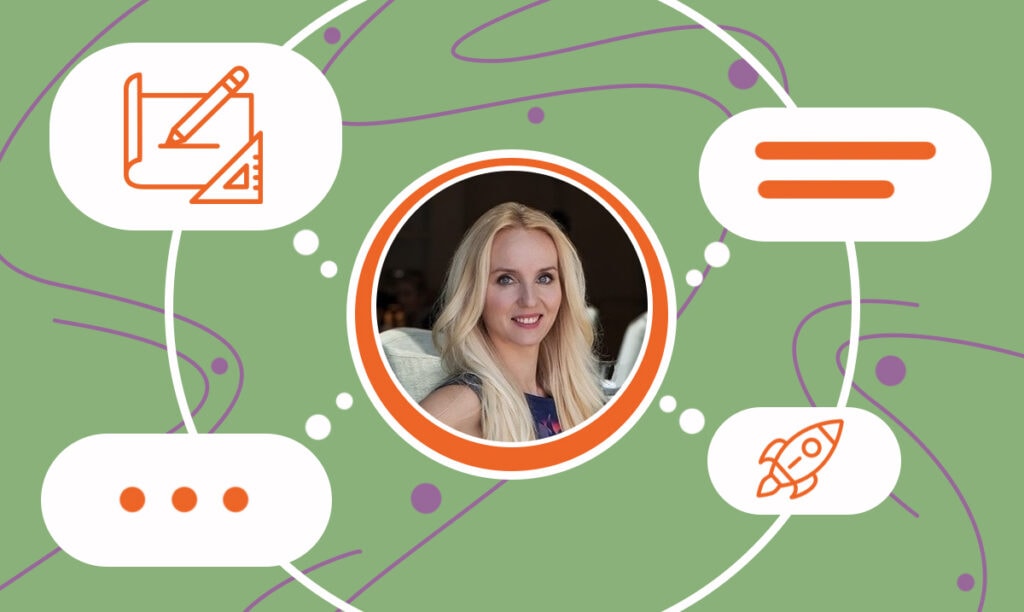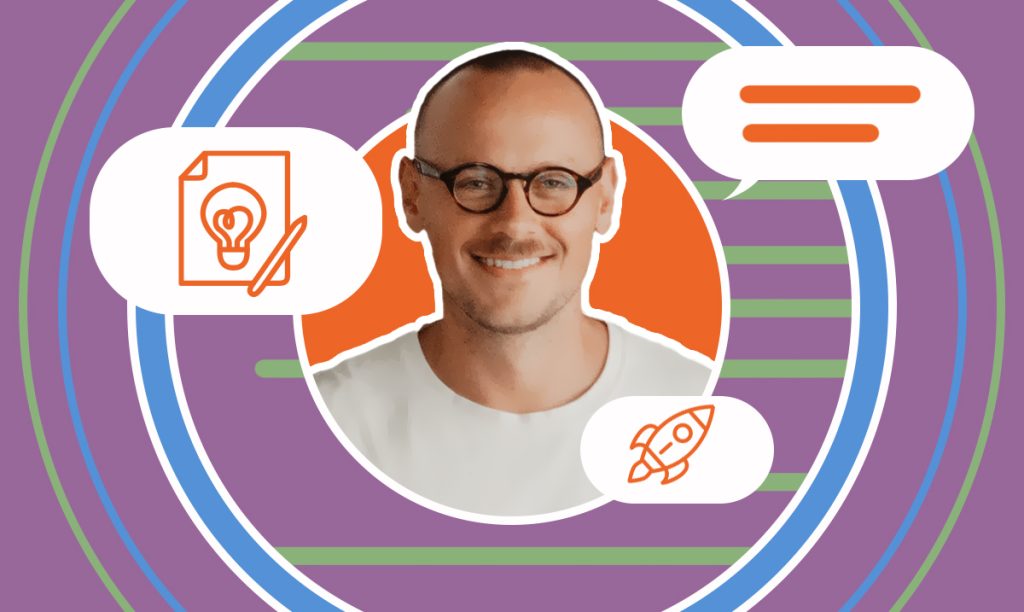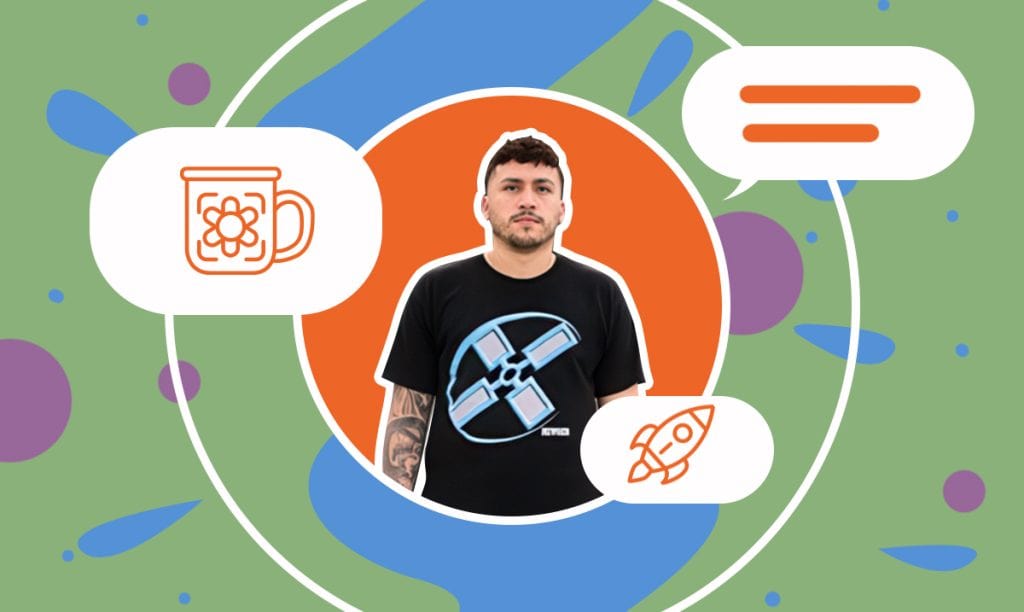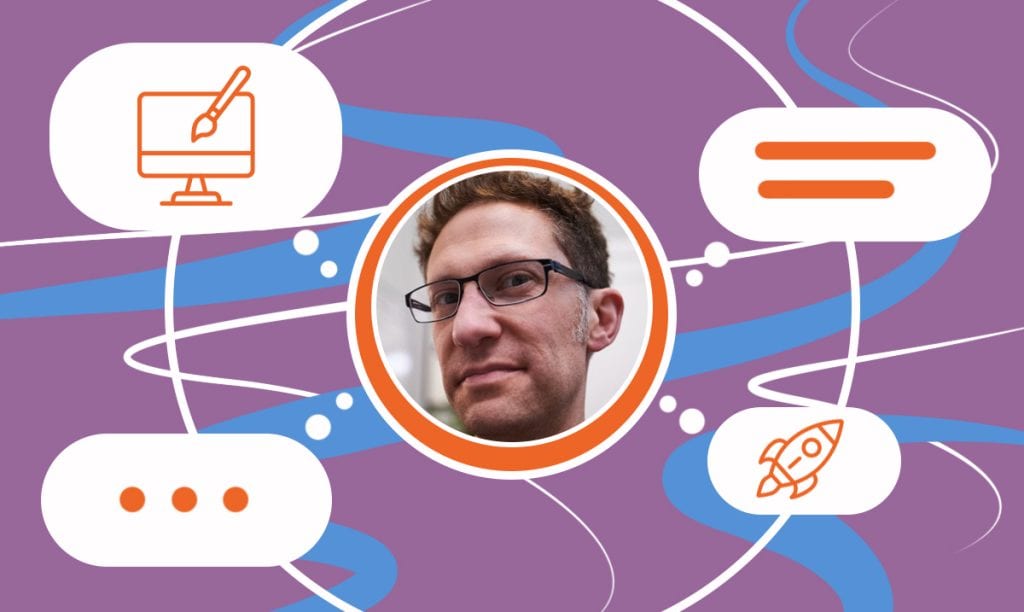Meet Vadim Bozhko, the visionary behind Bozh Studio — a branding and web design business dedicated to helping service-based companies stand out.Fu ...
Natalia Neverko’s Journey into the World of High-End Design
Written by: Carolyn Young
Carolyn Young is a business writer who focuses on entrepreneurial concepts and the business formation. She has over 25 years of experience in business roles, and has authored several entrepreneurship textbooks.
Published on February 13, 2024

Dive into the world of high-end architecture and design with Natalia Neverko, a trailblazer in creating unique, personalized spaces. In this enlightening interview, Natalia unfolds her journey from early inspirations to founding her renowned design firm. Explore her passion for blending art, technology, and client-centric designs that redefine luxury living. A must-read for anyone fascinated by the transformative power of design.
The Start of the Journey
SBS – How did you start your company, and why did you decide to focus on high-end architecture and design?
Natalia – It came very easily for me. My father is a civil engineer, and my mom is a fashion designer. When I was growing up, my father built houses in his free time as a hobby. I was his favorite daughter, and I was with him all the time. He was drawing the plans of the land and building the houses, so I got inspired by him. At the same time, I saw my mom doing the clothes.
I started studying in an art school when I was eight years old. There, I studied different types of art and art history for four years. When I was ten, one of my professors in art school asked me, “Who do you want to become when you grow up?” I said, “Architect, designer, of course. No question.” My mom told me I have always been like that. I know what I want. I always liked to draw, design something, invent, and do everything related to art.
After art school, I got into interior design college. By the age of 16, I already had a diploma in interior design; at 22, I already had a bachelor’s in architecture. From an early age, I knew I was passionate about it. People ask me, “What do you do for work?” I ask back, “What do you mean by work? That is who I am. That’s what I love and what I’m passionate about.” For me, it’s not just about creating beautiful pictures. It’s easy for me and my company. That’s what we do best. We are high-end designers. I am a high-end designer, and creating beautiful things is in my blood. It’s in the genes.
By asking my clients questions about themselves, their family, and their goals in life, I get to know them. If my client tells me what they think about their space, what they love, how they feel, and how they would like to feel about the space, I can implement my knowledge and create unique, profound spaces for them. It can be a business space, a house, or an apartment. It can be for a young couple of students, or it can be for an older couple. I had clients who were 70, and they said, “Natalia, we love your design; it looks fantastic. We want to start from scratch.” We rebuilt the whole unit completely. Clients are of different natures, from different countries and backgrounds, and getting to know them inspires me a lot. I also get inspiration from the places I go to. I like modern flow design, but each person comes to me as a client or friend. When I start working on a project, that’s where I get to explore life and the world. That’s how I started, and it’s become my path.
When I moved to Miami, I worked as a project architect for some of the top architectural companies in Miami, designing The Setai Miami Beach, luxury condominiums in Fisher Island, and many famous buildings in Miami. My business officially launched in 2010, though it started in 2009. It has already been almost 14 years! When asked how many years of experience I have, I always say I don’t know; I’ve been doing this all my life. I started working when I was 15 years old. It’s in my blood. When I see the space, it’s not just a space; it’s something greater. You’re not just receiving beautiful finishes or the final product. Yes, this comes with that because I’m in the high-end niche, but it’s greater than that. We uplift the energy of the space. We transform the space. It can also be a new place, which we built from scratch.
Staying Unique
SBS – How do you stay ahead regarding competition in interior design?
Natalia – Amazing question. I just spoke about it with my friend. What the competition is, it’s motivation to grow. I love all my friends who are architects and designers; they all have different styles and perspectives on design and vision. This is collaboration. It’s not competition. Or it is competition in a good way — we help each other to be even better. We help each other grow. It motivates us.
I love technology. I love AI. For example, one project we did was called Virtual Reality in Interior Design. When you come in, you don’t see a static picture. As an artist, I love working with other artists. I always go to conferences (like Milano) and have several awards for innovation and design.
As my father said — for each pot, its own lid, and for each client, their own designer. Some clients come to me because they look at my website, see what I do, and love what they see. It means we click. We align. There’s room for everyone to be great, to provide great services, and to do what they want to express themselves through art design. That’s why my business partner, an architect, and I sometimes collaborate with different designers. We like to see what’s new.
My biggest inspiration when I was growing up was Zaha Hadid. When I saw her architectural books, I thought she was a controversial architect. She believed in herself and supported other designers and younger generations. You can do whatever you want to do. You can express yourself in any way you want and give it to others, give the best service to clients, create something new and innovative, and not be stuck in the past.
I’m recreating some things. That’s why my projects look different. I have a theme because I like big, open, modern spaces, but it has the theme of light. I like colors. I like light spaces and light colors. I like some organic elements and some more techno elements. As I said, inspiration also depends on the client, but my overall theme is modern, light, innovative, and definitely unique projects.
Early Hurdles
SBS – Did you have challenges in the first years of starting your business?
Natalia – If I could go back, I would be more knowledgeable about the structure of the business division. I would organize it differently. When you start a design, you see the bigger picture (the final project). That’s the first step of designing. Then you see it in 3D, from idea to implementation. You go back to the picture you created in the beginning and know how you’ll get there because you created that vision and plan. I did not make that plan in the beginning. I just went with the flow. I did not create that plan ahead of where I see my company in ten years, five years, or even one year.
That’s what I apply to my design, and that’s why we are good at what we do. When the clients come to me and say, “Let’s do something like this,” I can say, “No, we have to do it the other way because that’s what works,” You have to organize things. It’s similar to food. You already envision how the plate will look and then buy ingredients. You may not like something in the process, so you add another ingredient or something more to improve it. It applies to every part of our life. You see the bigger picture and may go through some obstacles.
Here’s what I would do differently. I’d align the concept with the action and then study social media to learn how to promote my business. I’d also learn about contracts. How you structure your work with clients is very important. Aside from the creative part of the project, you have a lot of different parts. The first step is to have a clear contract to avoid misunderstandings with your clients. You need to explain the scope of work so they don’t have the wrong expectations. Make a good contract draft with a lawyer. You shouldn’t do it yourself. Sometimes, you might think you can do it yourself, or it isn’t that detailed, but the lawyers know about every possible obstacle, so you and your clients will be safe. You don’t learn that in the architecture school. Since I based everything on the creative side (and it went well initially), contractual agreements were challenging. It would have been a smoother process if I started doing it in the beginning.
Finding the Right Materials
SBS – How do you select the materials for your projects?
Natalia – Once you know the concept of the project, it’s easy. I tell my clients, “It’s nothing complicated. You either like it or not. That’s it.” When we have a concept and do a preliminary design, they sometimes don’t like the price, something does not fit the idea, or maybe the size is wrong. When we look at these puzzle pieces, we talk about details and what is important to select in materials (details, price, quality, brands, sizes, and other specifications). It comes down to details, but the first step is always, “You like it, or you don’t like it.” But if they love it, they don’t look at the prices. They may even extend the budget for something.
The Importance of Eco-Friendly Designs
SBS – How do you make sure that your designs are eco-friendly? Is it important for every design?
Natalia – It is important. We select eco-leather for furniture pieces. Pretty much all the companies we work with use eco-friendly materials for furniture. It’s important we’re on this path. Even the office in Brickell Key, which we did ten years ago for the company Live Nation, had eco-friendly, LEED-certified materials and features. It was the first office we did for them in Miami. When you come into a space like this, the light turns automatically. It has a sensor included. The LEED-certified projects had a big boom ten years ago when we did the first office.
We also have to be up-to-date. I’m talking about solar panels with every client. It was not cheap, so some clients did not install it. Meanwhile, in Europe or Israel, almost every house has solar panels. In Miami, we basically have sun 24/7, yet no one has solar panels. It’s crazy. But it’s because there weren’t enough solar panel companies in Miami. Miami was a very transitional place. By the time you pay off those panels, you will sell the house. They started installing solar panels in the public spaces first, like Whole Foods and public parking garages, but it’s slow. If you compare Miami to California, we’re 15 years late. But Miami is slowly catching up.
The Role of Artificial Intelligence
SBS – Does AI play a big part in your design?
Natalia – We’re not using AI to create our design, but we’re using it for copywriting. We use it for legal, letters, SEO, or presentation topics. It helps us with our regular day-to-day routine.
Advice for Budding Interior Designers and Architects
SBS – What advice would you give someone who wants to start a career like yours in interior or architectural design?
Natalia – Just believe in your dreams and do what your heart desires. Once you go by your feelings, then things start aligning. You clearly see this path. Don’t listen to anyone but yourself.
Here’s a memorable experience from my first job: One architect from Israel told me, “I don’t need people with experience. They have limited minds.” Experience is good, but there should be no limitation to that.
I can say that everybody can start any business. My friend started her career when she was 50. She decided to be a developer, and now she’s one of the top developers in DC. She was a painter of interior design before becoming a developer. It’s never too late.
Always believe in yourself. It doesn’t matter what mom, dad, or anyone said. If you feel like it deep inside, just do it. Really trust your feelings. If it feels good to you, just do it. That’s it.
The Future of Interior Design
SBS – How do you see the future of interior design, and what your own design will look like in five or ten years from now?
Natalia – I see transformative places where you can change something in the moment. For example, you come into a space and are in a certain mood. You want to change that mood and turn on some pictures that change like they’re floating. We can change our mood and energy in a matter of seconds, and we do it through our senses, touch, sight, and smell. That’s how the interior design should be. That’s why I’m on the path of implementing visual moving. I think we’re the first in Miami to do visual arts inside. You turn on the projector, and then you see pictures or videos of nature in your apartment (not TV, which gives you negative information). If you live in a town like New York (here we have Brickell), it’s congested, and people don’t see nature or connect to it. Once you turn on the picture, it can put a sense of nature in your place.
Subscribe to Our Newsletter
and gain insider access to cutting-edge business insights and trends.
Featured Resources

How “Less but Better” Drives Bozh Studio’s Design Edge
Published on April 3, 2025
Read Now

How This Print Shop Delivers High-Quality Custom Designs
Published on March 6, 2025
In this interview, we speak with Juan Labra, CEO/creative director at New Gen Print and Design LLC, about his journey in the printing and designindu ...
Read Now

How Data and Creativity Work Together in Value-Based Design
Published on December 2, 2024
In this interview, we’re joined by Nick Disabato, the founder of Draft, a design consultancy focused on driving business growth throughvalue-b ...
Read Now
Comments